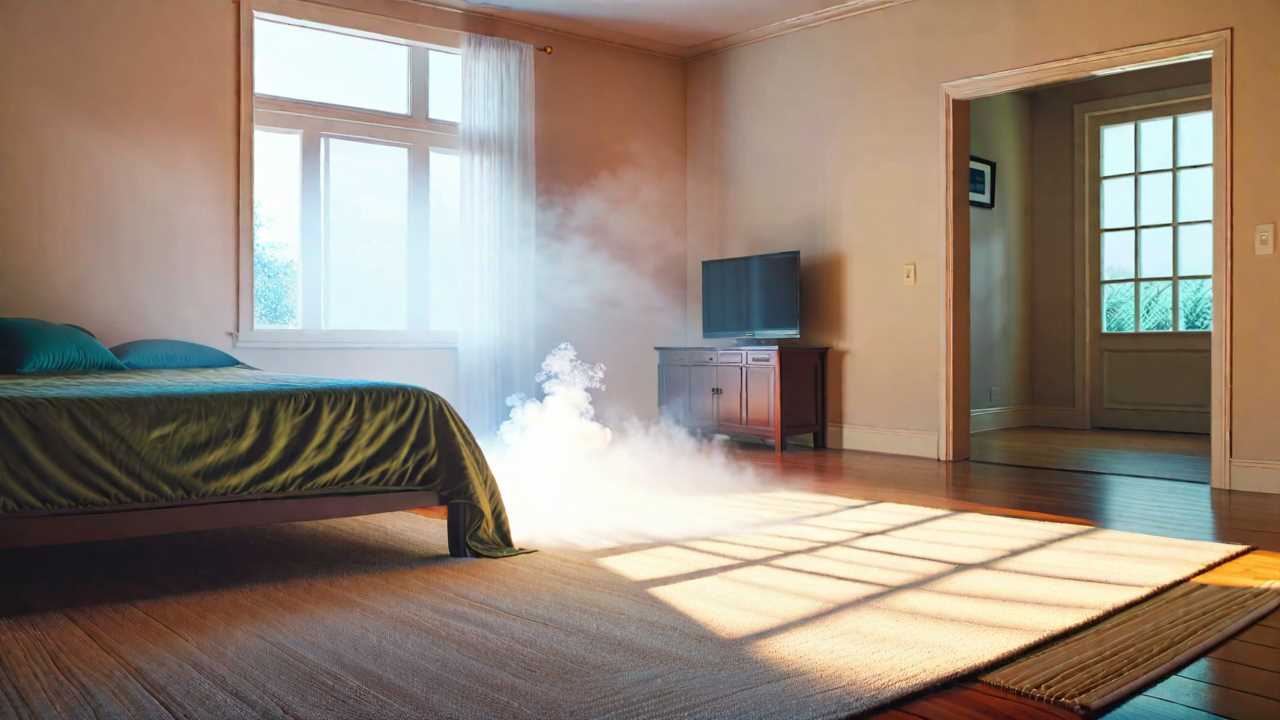Health
How Do Indoor Air Purifiers Work?

You may not realize that indoor air purifiers utilize a sophisticated system to cleanse the air you breathe. Ever wondered how a device can effectively remove pollutants and allergens from your home? Understanding the intricate workings of an air purifier can illuminate how these devices help create a healthier indoor environment for you and your loved ones. Let’s delve into the inner mechanisms that make these purifiers a must-have for many households.
Filtration Process
Indoor air purifiers employ a multi-stage filtration process to effectively remove contaminants from the air in your home.
The first stage typically involves a pre-filter that captures larger particles like dust, hair, and lint. This pre-filter not only prolongs the life of the subsequent filters but also improves their efficiency by preventing clogging.
After the pre-filter, the air passes through a HEPA (High-Efficiency Particulate Air) filter, which traps 99.97% of particles as small as 0.3 microns, including pollen, pet dander, and mold spores.
Following the HEPA filter, some air purifiers utilize an activated carbon filter to adsorb odors, gases, and volatile organic compounds (VOCs). This filter is especially beneficial for households with smokers or pets.
Lastly, certain models feature an ionizer or UV-C light to neutralize viruses, bacteria, and other microorganisms in the air, further improving the purification process.
Types of Filters
The types of filters used in indoor air purifiers play an essential role in the effectiveness of the filtration process. There are several common types of filters found in air purifiers, each with its specific functions and capabilities.
HEPA filters, which stand for High-Efficiency Particulate Air filters, are highly efficient at capturing particles as small as 0.3 microns, including dust, pollen, pet dander, and mold spores. These filters are popular for their ability to remove a wide range of airborne contaminants.
Activated carbon filters are effective at removing odors, gases, and volatile organic compounds (VOCs) from the air. The activated carbon in these filters chemically binds to pollutants, neutralizing them and improving the overall air quality.
UV-C light filters use ultraviolet light to kill bacteria, viruses, and other microorganisms that pass through the purifier. This type of filter can be particularly useful for eliminating germs and improving overall air sanitation.
Choosing the right filter for your indoor air purifier is crucial to ensure optimal air quality and a healthier living environment.
Air Purifier Technologies
Common air purifier technologies utilize various mechanisms to effectively filter and sanitize indoor air. High-Efficiency Particulate Air (HEPA) filters are one of the most popular options. These filters are designed to capture 99.97% of particles that are 0.3 microns or larger in size.
Activated carbon filters are another common technology used in air purifiers. These filters excel at removing odors, gases, and volatile organic compounds from the air.
UV-C light technology is also frequently integrated into air purifiers to kill germs, bacteria, and viruses by disrupting their DNA structure.
Some air purifiers use ionizers to charge particles in the air, causing them to stick to surfaces or each other, making it easier for the purifier to capture them.
Ozone generators, while less common due to potential health risks, are designed to alter the chemical makeup of airborne contaminants.
Maintenance and Cleaning
Regular maintenance and cleaning of your air purifier is essential to guarantee peak performance and longevity. To maintain peak functionality, it’s vital to follow the manufacturer’s guidelines for cleaning frequency and methods. Typically, this involves regularly replacing filters, cleaning the pre-filter, and wiping down the exterior surfaces.
Start by powering off and unplugging the air purifier before performing any maintenance tasks. Check the user manual to locate the filters and understand how to remove and replace them correctly. Filters should be inspected regularly for dirt, dust, and debris buildup, and replaced as recommended by the manufacturer.
Additionally, cleaning the pre-filter is crucial to prevent blockages and maintain airflow efficiency. Use a vacuum or gently wash the pre-filter with water, ensuring it’s completely dry before reinserting it into the unit.
Frequently Asked Questions
Can Air Purifiers Eliminate Cooking Odors?
Yes, air purifiers can effectively eliminate cooking odors by capturing and filtering out the particles and gases responsible for the smell. The activated carbon filters in air purifiers are particularly efficient at removing odors from cooking.
Do Air Purifiers Help With Pet Dander?
Yes, air purifiers can help with pet dander by capturing and trapping the allergens in the air. HEPA filters are especially effective at removing pet dander particles, improving air quality for you and your beloved pet.
Will an Air Purifier Reduce Mold Spores?
Yes, an air purifier can reduce mold spores. By using a HEPA filter or UV-C light, an air purifier can capture or kill mold spores in the air, improving indoor air quality and reducing potential health risks.
Can Air Purifiers Remove Cigarette Smoke?
Air purifiers are like smoke vanishing wizards. They skillfully snatch those pesky cigarette particles from the air, trapping them in their magical filters. Breathe easier, for your indoor air will be smoke-free.
Are Air Purifiers Effective Against Viruses?
Yes, air purifiers can be effective against viruses by capturing and filtering out airborne particles, including viruses. HEPA filters are particularly efficient at trapping small particles like viruses, enhancing indoor air quality and reducing transmission risks.

Hello! I’m Roger Jenkins, your go-to source at ReportingTheNews.com. I’m a USC graduate who combines journalistic precision with a Trojan’s passion. Based in sunny Los Angeles, my days are filled with more than just sunshine; they’re about capturing stories that resonate.
Beyond the newsroom, I’m an avid triathlete. Swimming, cycling, and running are more than just sports to me; they embody my commitment to discipline, focus, and a healthy dose of competition.
My love for travel takes me far and wide. Guadalajara, with its vibrant culture and unforgettable tacos, has a special place in my heart. I’m always searching for the next great story or a hidden culinary treasure.
At home, Nala, my energetic pet, is my constant companion. Together, we’re known in our neighborhood for our morning runs and evening strolls.
I’m driven by a belief in the power of storytelling to unite communities. Join me as we explore impactful narratives and stay updated with the latest news. You’ll also get a peek into my sports passions and travel escapades.
Want to get in touch? Follow me on Instagram for more insights and updates.

